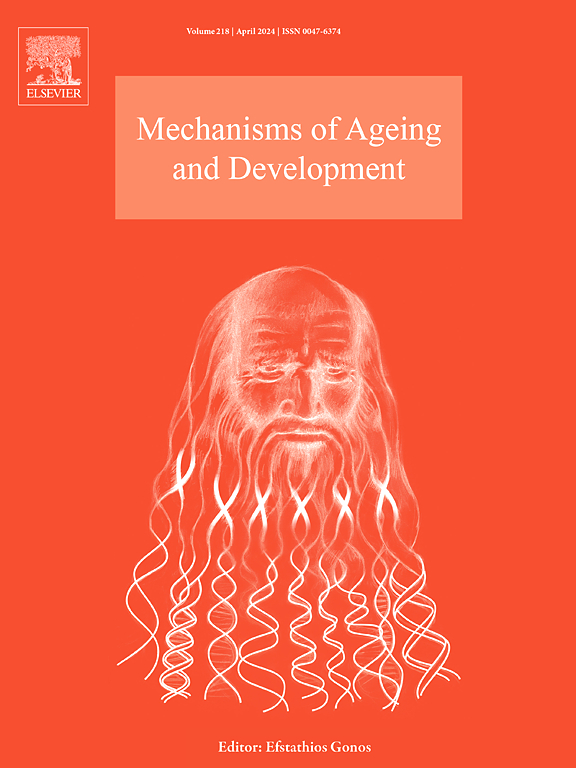Induction of epithelial cell senescence by SERPINE1 derived from fibroblasts in the amnion at parturition
IF 5.1
3区 医学
Q2 CELL BIOLOGY
引用次数: 0
Abstract
Senescence of amnion epithelial cells not only disrupts the fetal membrane structure, but also becomes a source of proinflammatory signals contributing to membrane inflammation at parturition. However, the trigger initiating their senescence awaits identification. In this study, we found that SERPINE1 abundance was significantly increased in the amnion at parturition, where SERPINE1 was found predominantly expressed in amnion fibroblasts. SERPINE1 from amnion fibroblasts induced amnion epithelial cell senescence by causing vitronectin shedding from the cells thereby interrupting the association of vitronectin with integrin subunit αV, which led to the inhibition of the cell survival-associated focal adhesion pathway. In turn, proinflammatory cytokines such as interleukin-1β from senescent amnion epithelial cells enhanced SERPINE1 expression in amnion fibroblasts, thus forming a feed-forward loop between SERPINE1 production in amnion fibroblasts and epithelial cell senescence at parturition. Studies in the pregnant mice showed that intra-amniotic injection of SERPINE1 induced preterm birth with increased cellular senescence in the fetal membranes, which could be reversed by co-administration of vitronectin. Our findings indicate that SERPINE1 derived from amnion fibroblasts participates in the induction of amnion epithelial cell senescence at parturition. Intervening in the interaction of SERPINE1 with vitronectin may have therapeutic benefit in the treatment of preterm birth.
产时羊膜成纤维细胞衍生SERPINE1诱导上皮细胞衰老。
羊膜上皮细胞的衰老不仅破坏了胎膜结构,而且成为促炎信号的来源,导致分娩时膜炎症。然而,引发它们衰老的原因尚待确定。在这项研究中,我们发现SERPINE1丰度在分娩时羊膜中显著增加,其中SERPINE1主要在羊膜成纤维细胞中表达。来自羊膜成纤维细胞的SERPINE1诱导羊膜上皮细胞衰老,其机制是导致细胞脱落玻璃体连接蛋白,从而阻断玻璃体连接蛋白与整合素亚基αV的关联,从而抑制细胞存活相关的局灶粘附途径。反过来,来自衰老羊膜上皮细胞的促炎细胞因子如白细胞介素-1β增强了羊膜成纤维细胞中SERPINE1的表达,从而在羊膜成纤维细胞中SERPINE1的产生与分娩时上皮细胞衰老之间形成了一个前馈回路。对妊娠小鼠的研究表明,羊膜内注射SERPINE1诱导早产,胎膜细胞衰老增加,这可以通过同时给药玻璃体粘连蛋白来逆转。我们的研究结果表明,来自羊膜成纤维细胞的SERPINE1参与了分娩时羊膜上皮细胞衰老的诱导。干预SERPINE1与玻璃体粘连蛋白的相互作用可能对早产的治疗有疗效。
本文章由计算机程序翻译,如有差异,请以英文原文为准。
求助全文
约1分钟内获得全文
求助全文
来源期刊
CiteScore
11.10
自引率
1.90%
发文量
79
审稿时长
32 days
期刊介绍:
Mechanisms of Ageing and Development is a multidisciplinary journal aimed at revealing the molecular, biochemical and biological mechanisms that underlie the processes of aging and development in various species as well as of age-associated diseases. Emphasis is placed on investigations that delineate the contribution of macromolecular damage and cytotoxicity, genetic programs, epigenetics and genetic instability, mitochondrial function, alterations of metabolism and innovative anti-aging approaches. For all of the mentioned studies it is necessary to address the underlying mechanisms.
Mechanisms of Ageing and Development publishes original research, review and mini-review articles. The journal also publishes Special Issues that focus on emerging research areas. Special issues may include all types of articles following peered review. Proposals should be sent directly to the Editor-in-Chief.

 求助内容:
求助内容: 应助结果提醒方式:
应助结果提醒方式:


